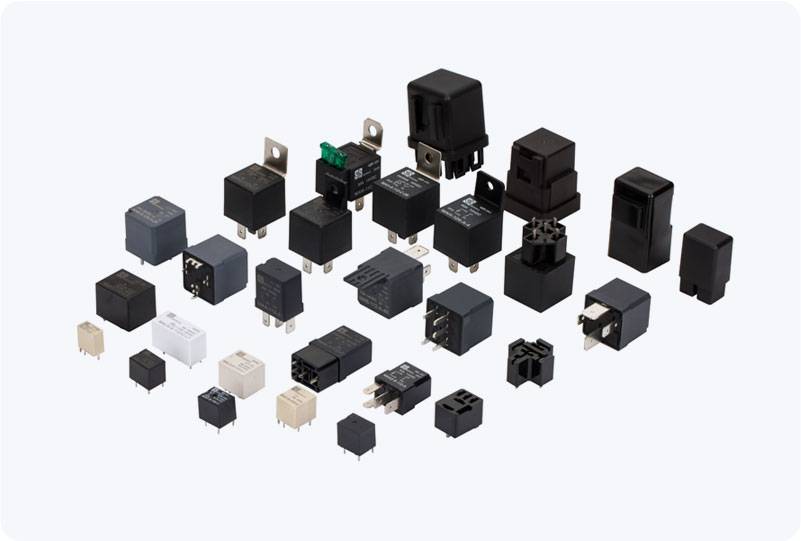understanding power relay: key components, functionality, and applications
Release time:2025-05-25 09:30:06
A Power Relay is an essential electronic device used to control high-power circuits in various industries. Its primary function is to switch electrical circuits on and off based on an input signal, providing control and protection for electrical systems. The versatility and reliability of power relays make them indispensable in numerous applications, from industrial automation to household appliances.

What is a Power Relay?
At its core, a power relay is an electromechanical switch that uses an electromagnetic coil to open or close contacts in a circuit. When a current flows through the coil, it generates a magnetic field that attracts a movable armature, causing the contacts to change states. The contacts in a power relay can be either normally open (NO), normally closed (NC), or a combination of both, depending on the relay's design.
Power relays are designed to handle high currents and voltages, making them ideal for controlling large electrical loads. Unlike standard relays, which are typically used for low-power applications, power relays can manage substantial electrical energy, making them suitable for industries that require high-power control.

